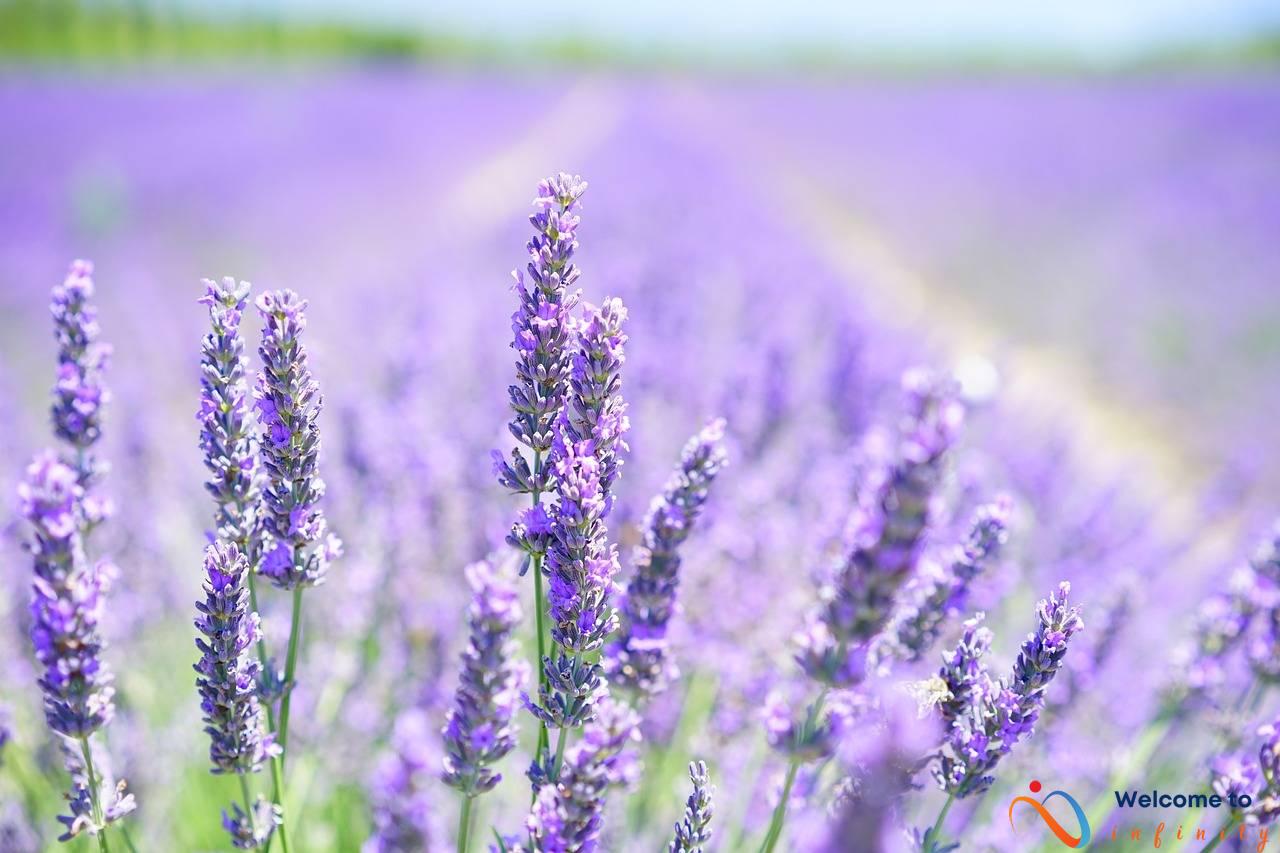Welcome to this article on how to practice gratitude for a more positive life! Gratitude is the simple act of being thankful for the good things in our lives. The benefits of practicing gratitude are numerous and encompass all aspects of our lives, including our mental and physical health, personal relationships, and overall well-being. Through this article, we will explore the various ways in which gratitude can enhance our lives and provide tips on how to incorporate it into our daily routines.
Studies have shown that gratitude can improve our mental and physical health, leading to reduced stress levels, increased happiness, and better sleep quality. Gratitude also strengthens our relationships and social connections, as expressing appreciation towards others fosters positive emotions and strengthens our bonds with them. As such, cultivating a habit of daily gratitude can lead to a more fulfilling and positive life.
So how can we incorporate gratitude into our daily lives? One simple and effective technique is to keep a gratitude journal, where we write down things we are thankful for each day. Another technique is to express gratitude towards others, whether through a simple thank-you note or by performing acts of kindness. Additionally, practicing mindfulness can help enhance our gratitude practice, as it allows us to become more aware of our thoughts and emotions, and appreciate the present moment.
- To practice mindfulness, we can try breath awareness, where we focus on our breathing as a means to anchor our thoughts in the present moment.
- Another mindfulness technique is body scanning, where we focus on different parts of our body and cultivate gratitude for each one.
It can be challenging to incorporate new habits into our already busy lives, but there are practical tips that can help. Setting reminders or gratitude prompts can be an effective way to help us cultivate a habit of gratitude. Additionally, shifting our perspective and framing challenges as opportunities for growth can help us view difficulties through a lens of positivity and gratitude.
Overall, practicing gratitude can lead to a more fulfilling and positive life. By incorporating gratitude exercises and mindfulness techniques into our daily lives, we can experience the many benefits of gratitude, from improved mental and physical health to stronger relationships and a sense of overall well-being.
The Power of Gratitude
Gratitude is a powerful tool that can positively impact various aspects of your life. When practiced regularly, it can lead to improved mental and physical health, stronger relationships, and an overall sense of well-being.
Studies have shown that expressing gratitude can increase happiness, reduce stress, and improve sleep. It can also lower blood pressure, enhance the immune system, and reduce symptoms of depression and anxiety. By focusing on what you are thankful for, you can shift your attention away from negative thoughts and emotions, and cultivate a more positive outlook.
Gratitude can also strengthen your relationships with others. It can help you communicate more effectively, express appreciation and empathy, and build stronger bonds. Moreover, when you express gratitude towards others, it can encourage them to reciprocate, creating a positive cycle of appreciation and kindness.
Overall, practicing gratitude can significantly improve your well-being and quality of life. It can enable you to focus on the good, appreciate the present moment, and foster positive energy. By incorporating gratitude into your daily routine, you can experience these benefits and lead a more fulfilling life.
Gratitude Exercises
If you want to cultivate a habit of gratitude, there are several simple exercises that can help. Here are some examples:
- Keeping a gratitude journal: Write down three things you are thankful for each day. This can help you reflect on the positive aspects of your life and can shift your focus away from negativity.
- Expressing gratitude towards others: Let someone know that you appreciate them or something they did for you. This can be as simple as saying “thank you” or sending a thoughtful note.
- Practicing mindfulness: This involves being present and aware of the current moment without judgment. You can practice mindfulness in many forms, such as meditation, yoga, or simply focusing on your breath.
By incorporating these gratitude exercises into your daily routine, you can begin to rewire your brain to focus on the positive aspects of life. Over time, practicing gratitude can improve your mental health, strengthen your relationships, and increase your overall well-being.
Mindfulness Exercises
Mindfulness is a powerful technique that involves being fully present and aware of your surroundings and thoughts. It can also be a valuable tool for enhancing your gratitude practice. One way to incorporate mindfulness into your routine is through breath awareness exercises. Simply find a quiet place to sit or stand and focus your attention on your breath. Notice the sensation of the air entering and leaving your body. If your thoughts wander, gently bring your focus back to your breath.
Another mindfulness exercise that can enhance your gratitude practice is body scanning. This exercise involves focusing on different parts of your body and cultivating gratitude for each one. Start by finding a relaxing and comfortable position, such as lying down or sitting in a supportive chair. Close your eyes and scan your body from head to toe. As you focus on each part of your body, take a moment to appreciate its function and how it contributes to your overall well-being.
- Find a quiet and comfortable place to practice mindfulness exercises
- Focus on your breath and body sensations
- Cultivate gratitude for each part of your body
By incorporating these mindfulness techniques into your daily routine, you can enhance your gratitude practice and cultivate a greater appreciation for the present moment.
Breath Awareness
If you're looking for a simple yet effective way to practice gratitude and mindfulness, breath awareness could be just the thing you need. The practice involves focusing your attention on your breath and using it as an anchor for your thoughts. By bringing your awareness to your breath, you're forced to stay in the present moment and let go of worries about past and future events.
To get started, find a quiet space where you can sit or lie down comfortably. Close your eyes and bring your attention to your breath. Notice the sensation of the air moving in and out of your nostrils, or the rise and fall of your chest. Try to keep your focus on your breath, and bring your attention back to it every time you find your mind wandering.
Breath awareness is a great mindfulness exercise that can help reduce stress and anxiety. By focusing on your breath, you can become more connected to your body and develop a sense of gratitude for the present moment. consider making breath awareness a part of your daily gratitude practice to help cultivate a more positive outlook on life.
Body Scanning
Body scanning is a mindfulness exercise that involves paying attention to different parts of your body and cultivating gratitude for each one. You can practice it by lying down or sitting comfortably with your eyes closed and focusing your attention on one part of your body, such as your left foot.
Take a deep breath and visualize the air flowing to that part of your body, expanding it with each inhale and releasing tension with each exhale. While doing this, notice any sensations or feelings in that part of your body, whether they are pleasant or unpleasant.
Once you have spent a few moments on that part, move on to another part of your body, such as your right hand, and repeat the process. Continue scanning your entire body, moving from one part to the next, and expressing gratitude for each one.
This mindfulness exercise can help you become more aware of your body, appreciate the different parts that work together to help you function, and cultivate a sense of gratitude for your physical well-being. You can also combine body scanning with deep breathing or yoga to enhance your gratitude practice and improve your overall mindfulness.
Expressing Gratitude Towards Others
Expressing gratitude towards others is a vital aspect of cultivating a more positive outlook on life. Showing gratitude can strengthen relationships, boost happiness levels, and improve overall well-being. There are various ways to express gratitude, and some of them are:
- Thanking Them: A simple “thank you” can go a long way in expressing gratitude and appreciation towards someone. Whether it's for a small gesture or a significant contribution, thanking them shows that you recognize and value their efforts.
- Sending a Gratitude Letter or Text: Take a moment to write a letter or send a text to someone to express your gratitude. In the letter, specifically mention the things that you are thankful for and how they have positively impacted your life.
- Performing Acts of Kindness: Showing acts of kindness, no matter how small, can be a powerful way to express gratitude towards others. Doing something for someone without expecting anything in return can make them feel appreciated and valued.
Expressing gratitude does not have to be reserved for special occasions. Making a habit of expressing gratitude towards others can improve your relationships and overall well-being. So, the next time someone does something kind for you, take a moment to show your appreciation and express gratitude.
Tips for Incorporating Gratitude in Daily Life
Practicing gratitude can be a transformative experience, but like any good habit, it takes time and effort to develop. Here are some practical tips to help you integrate gratitude into your daily routine:
- Set reminders: Use your phone or computer to set reminders throughout the day or week to practice gratitude. This will help you develop a habit of being mindful of the things you're thankful for.
- Create a gratitude list: Keep a journal or notebook handy and take time each day to write down the things you're grateful for. This can be as simple as your morning coffee or a kind gesture from a friend.
- Enjoy the moment: Make a conscious effort to be present and enjoy the small moments in your day-to-day life. Take a moment to savor your food or appreciate the beauty of nature.
- Express gratitude: Don't keep your gratitude to yourself. Express appreciation towards your loved ones, coworkers, or strangers who have made a positive impact on your day. This could be a simple thank you note or a small act of kindness.
- Frame challenges as opportunities for growth: When faced with difficult situations, try to view them as opportunities for personal growth and gratitude. Reflect on what you have learned and how it has made you stronger.
Remember, practicing gratitude is not a one-time event, but a daily habit. By incorporating these tips into your routine, you can cultivate a more positive outlook and improve your overall well-being.
Setting Reminders
One of the best ways to cultivate a grateful mindset is to set reminders or prompts that encourage you to recognize the good things in your life. These reminders can take various forms, from physical objects to digital prompts. Here are a few ideas:
- Place a gratitude stone on your desk or in your pocket and hold it whenever you see or touch it, take a moment to reflect on something you are thankful for.
- Set a daily alarm on your phone or computer that reminds you to pause and focus on something positive.
- Use sticky notes to leave gratitude messages in unexpected places, such as your refrigerator, bathroom mirror, or car dashboard.
Whichever reminder method you choose, make sure to take a moment each time to connect with a positive emotion and to reflect on the good things in your life. With practice, setting reminders can become a natural part of your daily routine and help you maintain a grateful outlook throughout the day.
Framing Challenges as Opportunities for Growth
Life is full of challenges, and it can be easy to become overwhelmed and demotivated when faced with difficult situations. However, reframing these challenges as opportunities for growth and learning can greatly enhance your gratitude practice and bring positivity into your life.
When a challenge arises, take a moment to step back and assess the situation objectively. Instead of viewing it as a negative experience, try to see it as an opportunity to learn and grow. Ask yourself what lessons you can take from the experience and how you can use it to become a better person.
By practicing this perspective shift, you can develop a mindset of gratitude and personal growth. You can develop resilience and see setbacks as opportunities to create a better version of yourself. Moreover, you can find gratitude in the challenges themselves, as they push you out of your comfort zone and help you realize your full potential.
To integrate this into your daily life, try keeping a gratitude journal specifically for your challenges. Write down the lessons you learned and how they helped you grow. You can also share your experiences with loved ones or a trusted friend, as they can help you see the positive aspects of the challenge and inspire gratitude within you.
Remember, challenges are a natural part of life, but they do not have to bring you down. By framing them as opportunities for growth, you can develop a mindset of gratitude, learn valuable lessons, and become a better person overall.
Conclusion
In conclusion, practicing gratitude can have a transformative impact on our lives, improving our well-being, relationships, and overall happiness. Through simple daily exercises such as keeping a gratitude journal or expressing gratitude towards others, we can foster feelings of appreciation and cultivate a more positive outlook.
Additionally, by incorporating mindfulness techniques such as breath awareness and body scanning, we can deepen our gratitude practice and become more present in the moment. It's important to remember that gratitude is not just a one-time exercise, but rather a habit that we must work to cultivate on a regular basis.
By setting reminders and reframing challenges as opportunities for growth, we can prioritize gratitude in our daily lives and reap the benefits of a more positive and fulfilling existence. So take some time each day to reflect on what you are thankful for, express gratitude towards those around you, and start experiencing the power of gratitude for yourself.












